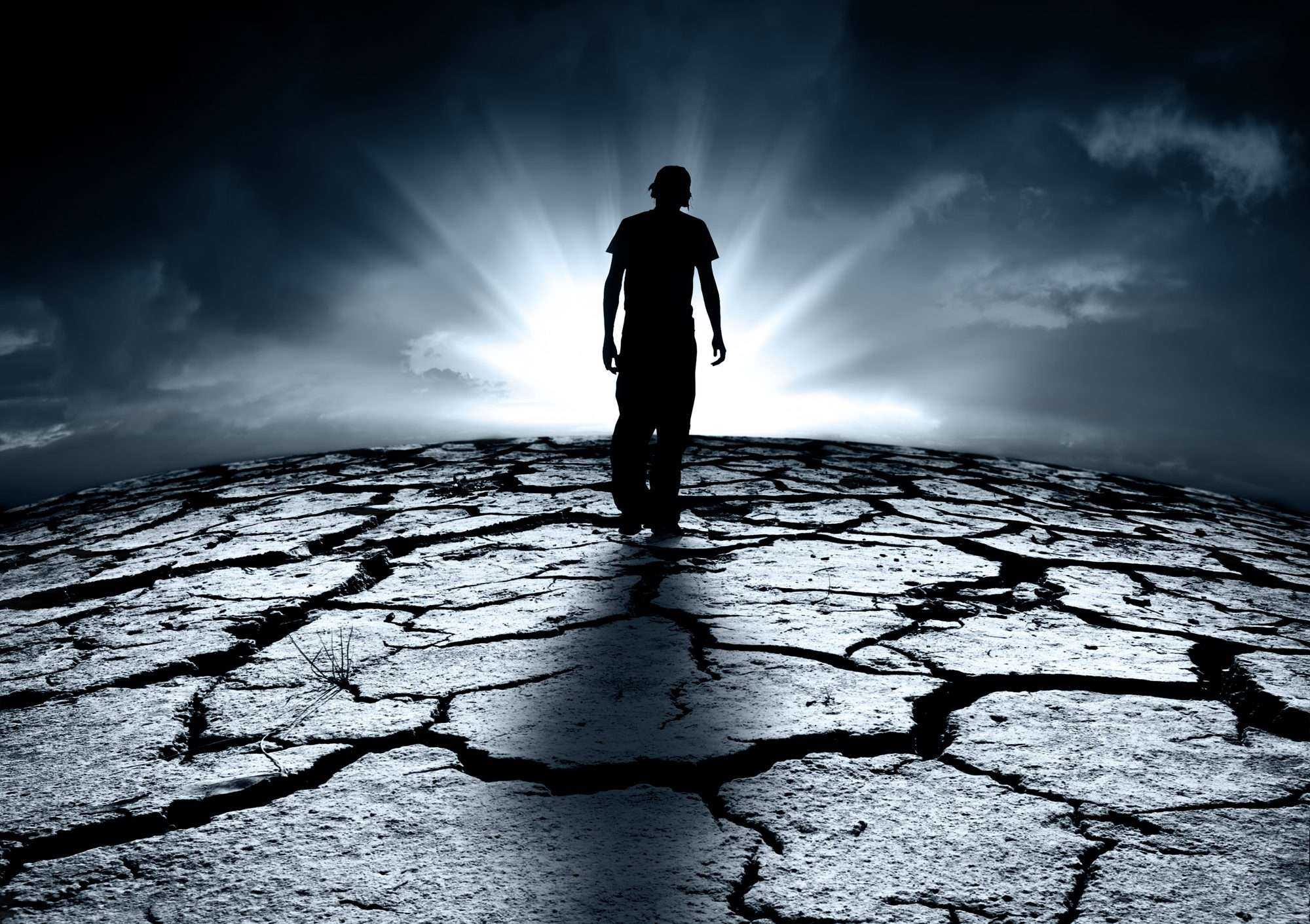BY PAUL JUNOR
The global coronavirus pandemic continues to unleash its venom with an intensity and magnitude that is unravelled and unprecedented.
In the midst of this crisis, the climate change crisis has not subsided. The realities of hurricanes, floods, droughts, famines, more frequent and intense heat waves, widespread crop failures and rising sea levels are real.
According to the United Nations, “Climate change is the defining issue of our time and we are at a defining moment. From shifting weather patterns that threaten food production, to rising sea levels that increase the risk of catastrophic flooding, the impacts of climate change are global in scope and unprecedented in scale. Without drastic action today, adapting to the impact in the future will be more difficult and costly.”
The mental, emotional, financial, psychological and spiritual effects of this global pandemic will certainly take focus off of the climate crisis.
Many activists who are involved in climate activism are concerned that as countries, and states focus on the COVID-19 crisis, climate change will be pushed into the background. As climate justice has grown in environmental work, it has brought much to the public domain. It “Highlights one of the biggest challenges of our time. Climate change while building on the historically evolved concepts of social and environmental justice as concepts of social equity” (July 6th, 2018 Green Transition document). The connection between climate change and social justice is an integral one. Social justice is about, “Fair treatment and involvement of all people and communities in the development, implementation and enforcement of laws, regulations and policies,” according to Green Transition.
The fact that wealthy countries have been expected to take on more direct responsibility for dealing with the climate change crisis is now problematic in the midst of this pandemic. As these countries seek to recover, there will be less incentive to pursue social equity, and help poorer countries deal with the barriers and obstacles to removing structural inequities.
The website Climate Reality Project (run by Climate Reality, a non-profit organization that is involved in climate justice) “Economically, politically and socially vulnerable communities feel climate impacts first and hardest. They have fewer resources to protect themselves against floods and droughts. Climate change can exacerbate the effects of poverty widening the chasm between rich and poor.”
There are two levels in which climate justice operates: at the international level which focuses on the responsibility for treating the burden and the responsibility of ensuring that the climate crisis is lessened, and the community level which focuses on helping lower socio-economic groups. This second level, “Deals less with climate change mitigation and instead focuses on gaining political power and representation in the adaptable process, as well as gaining access to resources to address the effects of climate change.”
There are three types of justice that are involved with respect to climate justice.
Procedural justice involves participation, inclusiveness, and empowerment in decision-making.
Declarative justice involves the spatial and statistical distributions of costs, benefits and risks.
Justice as recognition involving the underlying determinants of procedural and distributional justice (Green Transition).
As the global coronavirus outbreak increases, many climate activists are concerned. The Global Climate Strike, which was scheduled for April 3rd, 2020, had to be done virtually. According to www.wri.org, “Out of the many tragedies of this pandemic, it is how it deepens inequality across society, hitting poorer families and front-line communities hardest.”
How the reality of the global virus outbreak and climate crisis overlaps and interacts is difficult to visualize. It requires creative strategies and tools, which are community driven.
References:
The Climate Reality Project
https://www.climaterealityproject.org/
World Resource Institute
https://www.wri.org/

